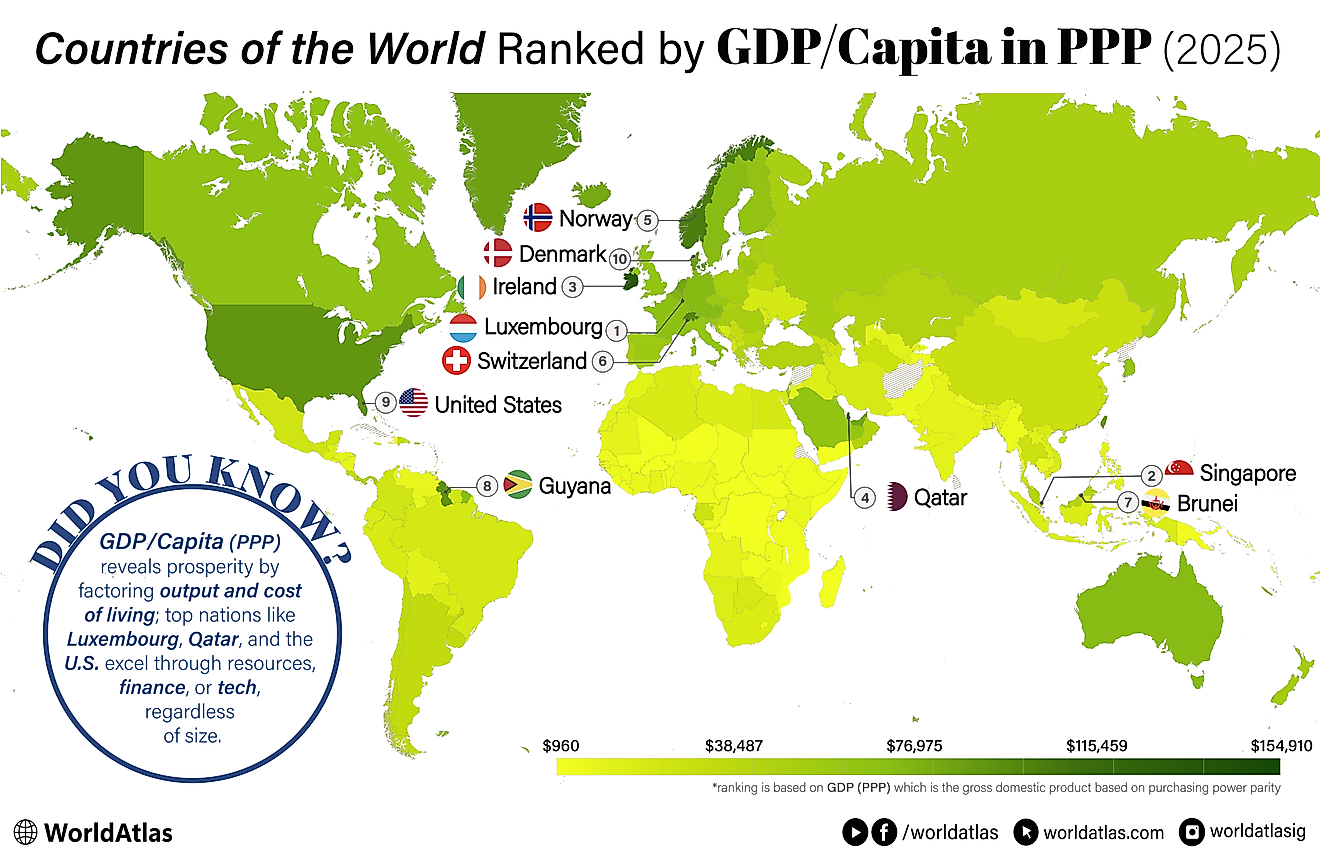What Are The Major Natural Resources In Papua New Guinea?

Papua New Guinea is a sovereign nation located in Oceania. It spans an area of 178,700 square miles with a relatively underdeveloped economy. According to the IMF, the country has the 110th highest GDP in the world at $20.7 billion. Papua New Guinea has a wide array of natural resources which are vital to the country's economy such as arable land, minerals, and fish among others.
Arable Land
As of 2014, the arable land in Papua New Guinea accounted for about 2.6% of Papua's territory. Between 2009 and 2014 the size of arable land in Papua had remained relatively constant. Despite its small size, the arable land in Papua is one of the country's most important activities. In 2011, the Papuan government estimated that the agricultural sector contributed about 30% of the nation's GDP. The Papuan government estimated that in 2005 about 85% of the country's labor force was employed in the agriculture sector.
Sweet Potatoes
One of Papua New Guinea's most important crops is sweet potatoes which are mainly grown in the highlands. Most of the sweet potatoes grown in Papua New Guinea are grown on a small scale. The Europeans introduced sweet potatoes to Papua New Guinea from Central America. The Papuan government estimates that the country's farmers grew more than 1,000 different varieties of sweet potatoes.
Coffee
According to the Papuan government, coffee is grown on about 337 square miles of the country's territory making it one of the most important and widely cultivated crops. The coffee sector is one of Papua New Guinea's most important sectors and it employs about 2.5 million Papuans. Research by a UN agency indicated that the coffee grown in Papua New Guinea accounted for approximately 1% of the coffee grown worldwide. The most important coffee growing areas in Papua New Guinea are located in Simbu and the eastern and western highlands. The most common variety of coffee grown in Papua New Guinea is Arabica which accounts for roughly 95% of the country's coffee.
Fish
Papua New Guinea's territorial waters are home to several varieties of fish such as the blue marlin, the yellowfish tuna, and the dogtooth tuna. The Papuan fishing sector is vital to the country's economy and it contributed $48,775,478 to the country's GDP in 1999. Papuan fishers rely on a variety of techniques to capture fish such as spearfishing and the use of nets.
Forests
One of Papua New Guinea's most important natural resources is forests which cover about 64.3% of the country's territory. Approximately 91.2% of forests in Papua New Guinea are classified as primary forests. The forests of Papua New Guinea are important because they are home to a large variety of animals out of which 25% are considered endemic to the region. From 1990 to 2010 it was estimated that the country lost approximately 9% of its forest cover mainly because of deforestation.
Minerals
Papua New Guinea has a large variety of minerals which contribute significantly to the country’s economy. Some of the important minerals in the country include gold, silver, and copper among others. The mining sector became important to the Papuan economy during the 1970s. Some of the most well-known mines in the country include the Ok Tedi Mine and the Lihir gold mine. The vast array of minerals in Papua New Guinea has attracted investment from several nations such as China, South Africa, and Australia.
Gold
One of Papua New Guinea's most important minerals is gold which is extracted from most of the country's mines. The Lihir gold mine is one of Papua New Guinea's most important gold mines and it produced 47,225 pounds of gold in 2015. Another major gold mine in Papua New Guinea is the Simberi gold mine which produced approximately 5,450 pounds of gold in 2015.











